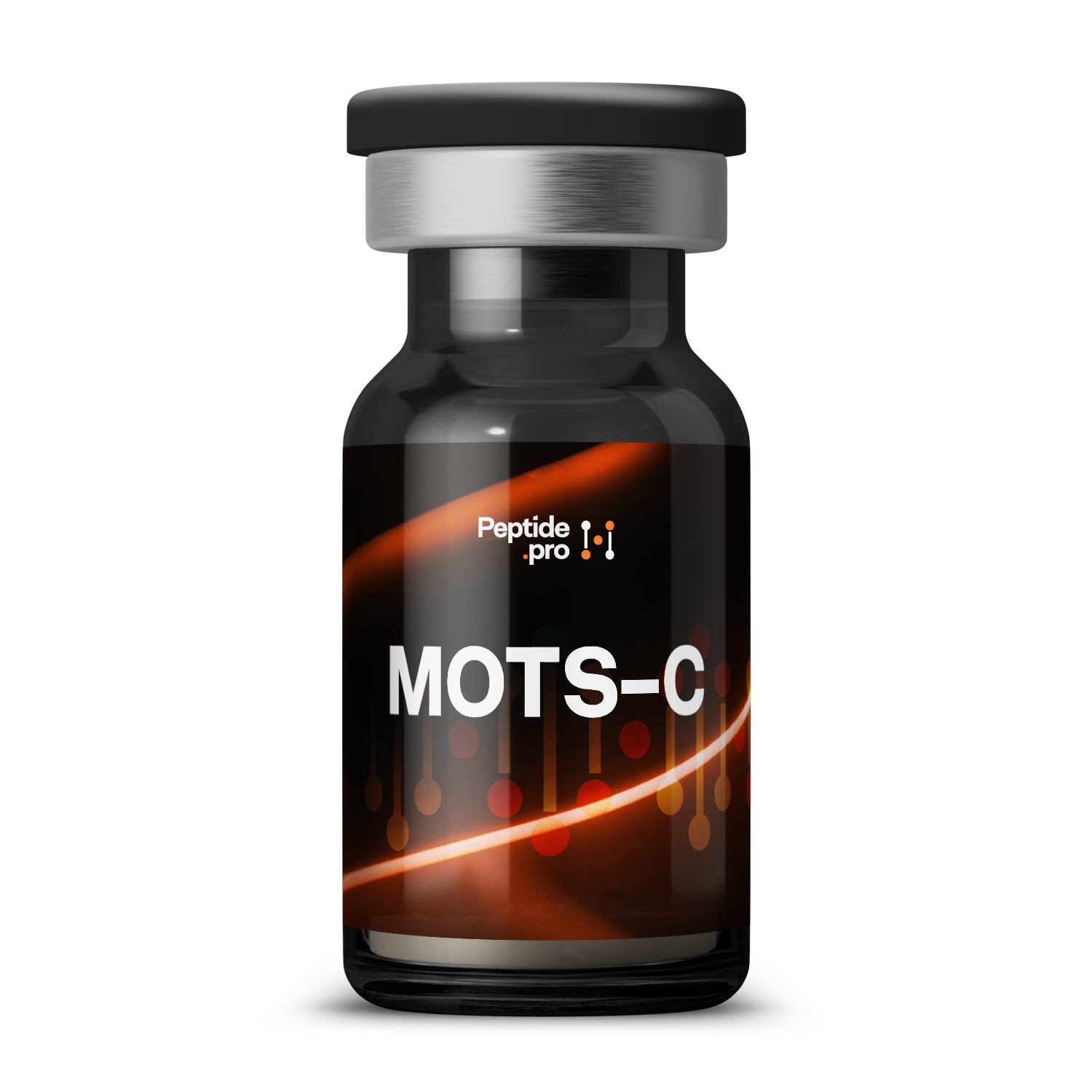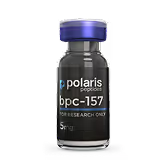Compound Overview
About the product
The peptide sequence is Met-Arg-Trp-Gln-Glu-Met-Ile-Phe-Tyr-Tyr-Arg-Arg-Ala-Gln-Ser-Lys. It contains only natural L-amino acids with free termini and no further chemical modifications. MOTS-C is synthesized by Fmoc solid-phase peptide synthesis and purified by HPLC to ≥95 % purity. Mass spectrometry confirms its correct sequence and molecular weight.
MOTS-C translocates to the nucleus under metabolic stress, where it regulates expression of genes involved in antioxidant defense and glucose metabolism. It activates AMPK (adenosine monophosphate–activated protein kinase), enhancing cellular energy balance and fatty-acid oxidation. The peptide also improves insulin signaling in skeletal muscle and liver. These combined actions support improved metabolic resilience.
The peptide is studied primarily for its potential to improve metabolic health. In human cellular studies, MOTS-C enhanced insulin sensitivity and promoted glucose uptake in muscle cells. Early clinical-phase research suggests benefits for weight management and metabolic syndrome markers. Further trials are underway to assess efficacy in insulin-resistant individuals.
Reported adverse events in early studies are minimal, with no serious safety signals noted in short-term human exposures. Mild injection-site discomfort has been observed with subcutaneous administration. No hormonal imbalances or systemic toxicities have been documented. Safety in pregnancy, lactation, and long-term use remains unestablished.
MOTS-C is produced by Fmoc solid-phase peptide synthesis on a resin, coupling each amino acid in sequence. After cleavage, it is purified by preparative HPLC to research-grade purity. Quality control employs mass spectrometry and analytical HPLC to verify sequence integrity and purity. Production follows peptide-compounding standards under good laboratory practice.
MOTS-C is classified for investigational use only and lacks approval from the U.S. FDA, EMA, or other major regulatory bodies. It cannot be prescribed or sold as a therapeutic. Research institutions may obtain it under investigational-new-drug or equivalent frameworks. No commercial formulations are available.
Human research protocols have evaluated subcutaneous MOTS-c dosage of 5–20 mg once daily for periods up to four weeks. No standardized dosing guidelines exist outside these early studies. All administration should adhere to approved research protocols with ethical oversight.
- Do use only under IRB-approved research protocols with medical supervision.
- Do monitor metabolic markers such as fasting glucose and insulin sensitivity.
- Don’t combine with other investigational metabolic agents off-protocol.
- Don’t use during pregnancy, lactation, or in active malignancy.
- Q: Does MOTS-C improve insulin sensitivity in humans?
- A: Early-phase studies indicate enhanced insulin signaling but require larger trials.
- Q: How quickly are effects seen?
- A: Cellular effects occur within hours; clinical endpoints are evaluated over weeks.
- Q: Is oral administration possible?
- A: Only parenteral routes (e.g., subcutaneous) have been studied.
For research use only. Not approved for medical use.


